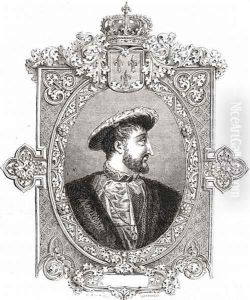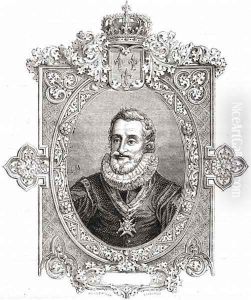Hercule Catenacci Paintings
Hercule Catenacci was a notable French illustrator and painter, born in 1837 in Paris, France. He emerged as a prominent figure in the French art scene during the 19th century, a period that was marked by a rich diversity of artistic movements and styles. Catenacci's work is often associated with the detailed and precise style of illustration that became increasingly popular during his lifetime, particularly in the realm of print media and book illustration.
Catenacci's artistic talents were nurtured from a young age, and he eventually honed his skills at the École des Beaux-Arts in Paris, one of the most prestigious art schools in France. His education and early career were set against the backdrop of a rapidly changing France, undergoing the throes of the Industrial Revolution and the upheavals of societal structures. These changes provided a fertile ground for artistic experimentation and innovation, which Catenacci embraced in his work.
He is particularly known for his contributions to illustration, a field that was gaining significant recognition during his time. Catenacci worked for various publications, including the famous French newspaper 'Le Monde illustré', where he contributed numerous illustrations that captured the imagination of the French public. His illustrations often depicted scenes of contemporary life, historical events, and literary subjects, showcasing his versatility and keen eye for detail.
Beyond his work as an illustrator, Catenacci was also a respected painter, though his paintings are less well-known than his illustrative works. His paintings often explored similar themes, with a focus on historical and genre scenes, rendered with a realism that was characteristic of the period. Catenacci's work as both an illustrator and painter reflects the broader trends of 19th-century French art, which was increasingly concerned with depicting the realities of contemporary life and the human experience.
Hercule Catenacci's contributions to the art world were recognized in his lifetime, and he was celebrated for his ability to capture the essence of his subjects with precision and depth. His legacy continues to be appreciated by art historians and collectors, who view his work as an important part of the 19th-century French art historical canon. Catenacci passed away in 1919, leaving behind a body of work that continues to be studied and admired for its detailed beauty and historical significance.

